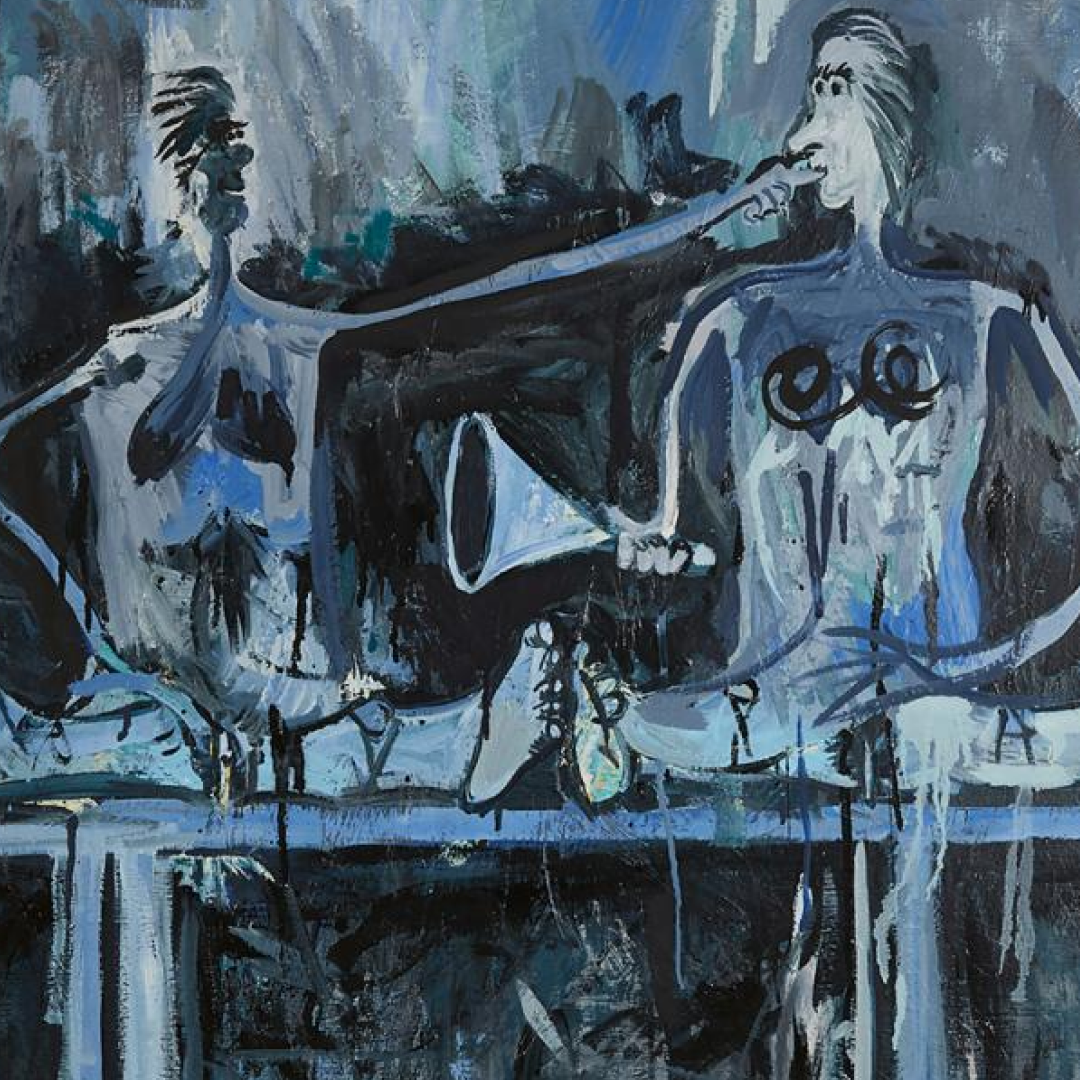The drape cut is one of the most influential yet often misunderstood styles of tailoring in modern menswear. Originating in the early 20th century, it became synonymous with both elegance and comfort, revolutionizing the way a tailored jacket interacted with the human form. Unlike other structured silhouettes that prioritize a rigid, architectural fit, the drape cut emphasizes fullness, flow, and a certain nonchalance that remains the hallmark of sophisticated dressing.
More than just a stylistic preference, the drape cut represents a philosophy—one that values fluidity over restriction, grace over severity. The finest examples of this technique can be found in the legacy of Savile Row’s great houses, as well as in cinematic expressions of tailoring, most notably the suit Daniel Day-Lewis’s character, Reynolds Woodcock, wears in Phantom Thread. To understand the drape cut is to understand tailoring as an art form, where structure serves movement rather than opposes it.
The drape cut, also known as the London cut, was pioneered by Frederick Scholte, a Dutch-born tailor who became the favored craftsman of the Duke of Windsor in the 1920s. Scholte sought to create a silhouette that retained the dignity of formal tailoring while allowing for greater freedom of movement. His innovation lay in the way he manipulated the canvas and cloth—cutting the jacket with excess fabric through the chest and upper back, allowing it to drape naturally rather than sit flat against the body.

Key characteristics of Scholte’s drape cut include a fuller chest that adds a sense of robustness and masculinity, soft extended shoulders that provide balance without excessive padding, a nipped-in waist that enhances the hourglass silhouette without excessive suppression, gentle suppression of the sleevehead contributing to a more relaxed sleeve drape, and a skirt that flares slightly, adding movement to the lower half of the jacket. Scholte’s technique was a direct rejection of the tightly fitted, military-inspired tailoring of the 19th century. His innovation quickly found favor among aristocrats and style icons, establishing the drape cut as the pinnacle of elegance in British tailoring.
While Scholte introduced the drape cut, it was Anderson & Sheppard that truly institutionalized it on Savile Row. Under the guidance of Per Anderson, the house refined and softened Scholte’s approach, making it more wearable for everyday clients. Unlike structured tailors such as Huntsman, which emphasized a more rigid equestrian cut, Anderson & Sheppard’s drape tailoring prioritized comfort and ease.
The Anderson & Sheppard drape remains a benchmark of this style, characterized by an unstructured shoulder with minimal padding, creating a more natural shoulder line; a high armhole that allows for greater mobility; a flowing silhouette through the chest that provides comfort while maintaining shape; and an emphasis on natural movement, where the fabric follows the contours of the wearer rather than constraining them. This technique became particularly popular among Hollywood’s golden age actors, including Fred Astaire, who famously preferred Anderson & Sheppard’s suits for both their elegance and ease of movement.
The drape cut did not remain confined to London. Its principles influenced American tailoring, particularly through the Ivy League style of the mid-century. While Ivy tailoring is often associated with a more natural shoulder and straight silhouette, the influence of the drape cut can be seen in the soft roll of the lapels and the gentle fullness through the chest in brands like Brooks Brothers and J. Press. Similarly, American tailors such as William Fioravanti and Alan Flusser incorporated drape-like elements into their work, blending Italian softness with British structure. The result was a hybrid tailoring tradition that honored the principles of drape while catering to American preferences for ease and practicality.
![]()
Few films capture the nuance of tailoring as beautifully as Phantom Thread. The protagonist, Reynolds Woodcock, played by Daniel Day-Lewis, embodies the obsessive craftsmanship and romance of bespoke tailoring. His suits, crafted in collaboration with Savile Row tailors, subtly reflect the principles of the drape cut—fullness through the chest, soft shoulders, and a shape that feels both structured and organic. The film’s wardrobe is a masterclass in tailoring’s ability to tell a story. Woodcock’s adherence to classical techniques, his preference for structure imbued with softness, and his meticulous approach to detail all underscore the philosophy of the drape cut: tailoring that enhances the natural form rather than reshapes it.
In an era where tailoring is increasingly casualized, the drape cut remains an enduring touchstone of elegance. While some houses have moved toward slimmer, more rigid silhouettes, others have embraced the drape cut’s balance of ease and structure. Contemporary brands such as The Anthology and Anglo-Italian have reinterpreted this tradition for a new generation, blending its principles with modern proportions and lighter constructions.
Fashion historian Bruce Boyer notes, “The drape cut is not just a tailoring technique; it’s an ideology. It allows the wearer to feel unrestricted while still exuding an air of refinement” (Elegance, 1985). This principle has resonated with a new audience seeking alternatives to the overly tight and heavily structured suits of the last decade.
For those seeking a suit that offers both refinement and comfort, the drape cut remains an unrivaled choice. Whether in the structured expression of Savile Row or the more relaxed interpretations found in contemporary tailoring, its enduring appeal lies in its ability to move with the wearer, not against them. In the words of Scholte’s most famous client, the Duke of Windsor, “A gentleman should look as if he had bought his clothes with intelligence, put them on with care, and then forgotten all about them.”
The drape cut is precisely this: an exercise in intelligence, care, and effortless elegance.


